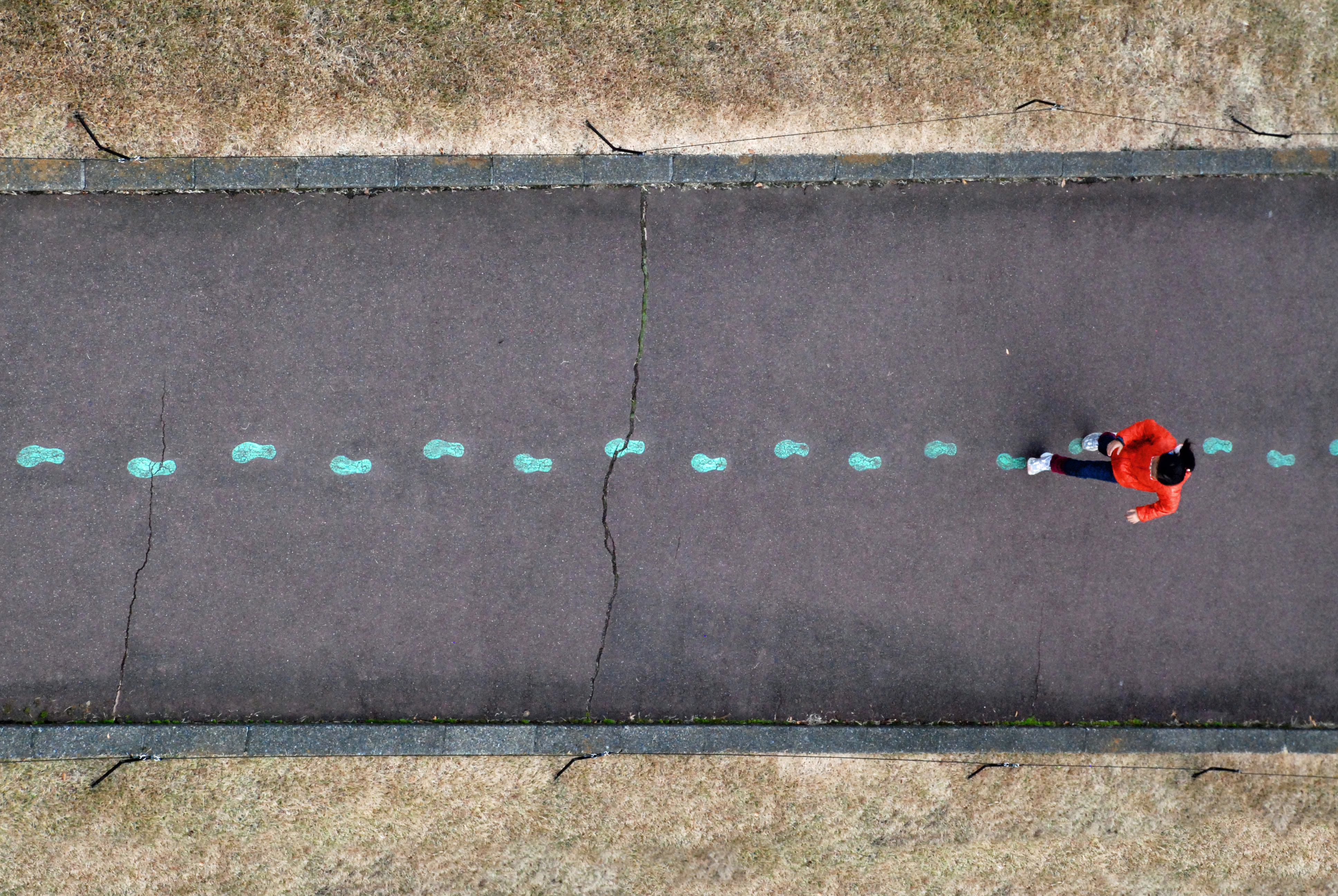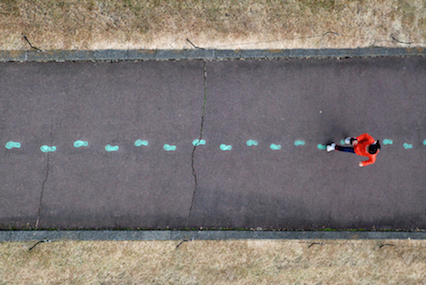Post 1
Describe an example from your life of when you were taught using each method described in this article: behaviorism, cognitivism, and constructivism.
As a soccer player, I am constantly learning and improving my skills and knowledge of the sport through various instructional methods. An example of behaviorism in my training occurs when I learn a new skill, such as a passing technique. The process begins with a stimulus—my coach instructing me on which passing technique to use. I then practice this technique repeatedly, concentrating on each aspect. Cues include visual aids like videos or images, as well as my coach’s guidance to help correct my form. Reinforcement comes in the form of immediate feedback, such as praise from my coach, or simply successfully hitting the target with my pass, confirming that I’ve executed the technique correctly.
How would the learning be designed differently by a behaviorist, a cognitivist, and a constructivist? Scenario: A high school social study teacher is planning a class on climate change.
In a high school social studies class on climate change, a behaviorist, cognitivist, and constructivist would design the lesson differently based on their views of learning. A behaviorist approach would focus on teaching facts through repetition and reinforcement. For example, the teacher might use flashcards, quizzes, or tests to reinforce knowledge of key terms providing rewards for correct answers. In contrast, a cognitivist would emphasize understanding and organizing information. The teacher might use diagrams or charts to illustrate the relationships between human activities and climate impacts and employ strategies and techniques to help students build on prior knowledge. Students would engage in activities like creating concept maps or explaining processes to a peer, helping them internalize and retrieve the information. A constructivist approach would encourage students to construct their own understanding through exploration and collaboration. The teacher might use problem-based learning, having students investigate real-world issues such as reducing their school’s carbon footprint, or organize debates on climate policies. Students would actively engage in discussions, research, and projects. Each approach shapes instruction uniquely, showing the different techniques that students learn from best.
Ertmer, P. A., & Newby, T. J. (2013). Behaviorism, cognitivism, constructivism: Comparing critical features from an instructional design perspective. Performance Improvement Quarterly, 26(2), 43-71.



I like how you shared your story about learning soccer, when people try different ways of teaching instead of one single way can greatly help students to learn this new skill or knowledge.
Hi Taiya,
Wow, thank you for sharing! Your post offers clear comparisons of behaviourism, cognitivism and constructivism, especially through the lens of your athletic and academic experiences. I particularly enjoyed how you illustrated behaviourism with your coach’s immediate feedback and reinforcement techniques. This highlights the effectiveness of this strategy when learning a new skill.
In contrast, your constructivist perspective stands out as it highlights real-world applications. By allowing students to explore and debate topics related to climate change, you can foster personal connections and an in-depth understanding of a topic.
Thank you for sharing your connections!
Sincerely,
Amira